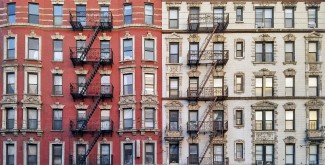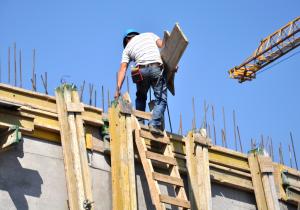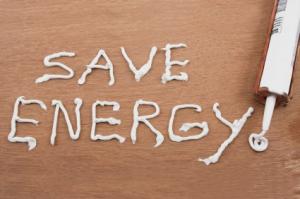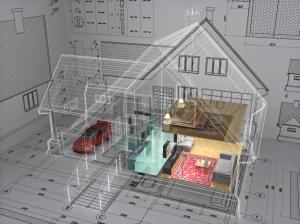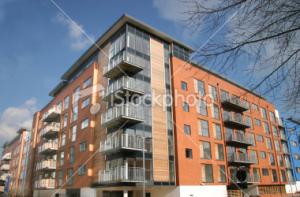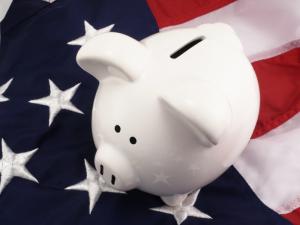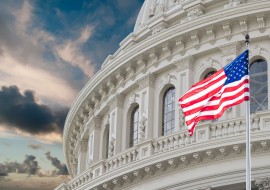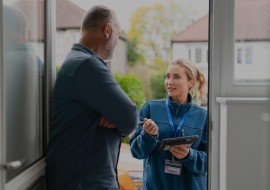In total, buildings and homes consume approximately three-quarters of the electricity used in the United States. Of that three-quarters, residential homes consume just over 20 percent. Given the scale of energy and carbon resources dedicated to heating, cooling, and operation, there is a significant opportunity to achieve savings. ACEEE seeks to advance evidence-based clean energy solutions that not only significantly reduce carbon emissions but also advance social equity, maximize the health and well-being of all people, and help ensure a just and inclusive clean energy transition (link). ACEEE’s work addresses the details needed to have significant market impact, including considerations for new construction and retrofits of existing homes.
New Construction
Energy efficiency is universally recognized as the easiest, most cost-effective way to help consumers save energy and money, make housing more affordable, and reduce air pollution.
All these benefits are more challenging to capture if they are not taken into consideration at the time of construction. The opportunity to design a home efficiently from the start enables more efficiency measures to be incorporated.
Retrofits
America’s existing housing stock offers tremendous opportunities for energy savings.
Capturing energy savings potential within the established structure of the home improvement market has proven challenging. Homeowners face a daunting array of decisions and competing priorities when investing in home improvements. The sheer diversity of specialized contractors and trades offering home improvement services can overwhelm homeowners seeking to improve the aesthetics, comfort, value, and performance of their homes. Comprehensive retrofits, including home energy audits that can identify and prioritize areas for improvement, represent a more robust method for approaching energy efficiency upgrades. In addition, comprehensive audits that are completed in stages over time can match with consumer needs and budgets as well as achieve significant energy savings.
Homes
There are significant opportunities to save energy in homes in the United States, both in new construction and by retrofitting existing homes. Energy savings can be realized through improved windows and other building shell measures, upgrades to HVAC and lighting systems, and better appliances. ACEEE continues to research ways to improve homes through buildings policies and collaboration with state and local governments. SmarterHouse, an online guide run by ACEEE, is a helpful resource for homeowners seeking to reduce their energy use by making their homes more efficient, tightening the building shell, or selecting more-efficient products, including appliances, heating equipment, air conditioning, lighting, and electronics.
Multifamily Buildings
Multifamily buildings, such as apartment buildings and condos, have significant opportunities for energy savings due to housing multiple occupants within a single building. Many of the savings measures are like those in a single-family home, such as improvements to the building shell and upgrades to appliances and equipment, but multifamily buildings often have common areas and energy-intensive amenities, such as pools and spas, where savings can be realized as well. Sensors and controls can help save energy in these areas when they are not in use, for example. ACEEE continues to research ways to improve homes through policy, collaborate with state and local governments, and assist consumers through the comprehensive information at SmarterHouse.
Affordable housing
Affordable housing—including both single-family homes and multifamily ones—presents significant potential for energy savings. Compared to market-rate housing, these buildings are more likely to have poor insulation and inefficient appliances. As a result, these households have to consume more energy to perform the same tasks, such as heating the home or running the dishwasher, as wealthier households. Both subsidized and naturally occurring affordable housing would benefit greatly from energy-saving measures such as building envelope improvements and upgrades to more-efficient appliances and equipment. ACEEE is committed to supporting equitable decarbonization. The local policy program features ACEEE’s research and other efforts on energy equity and related topics.
